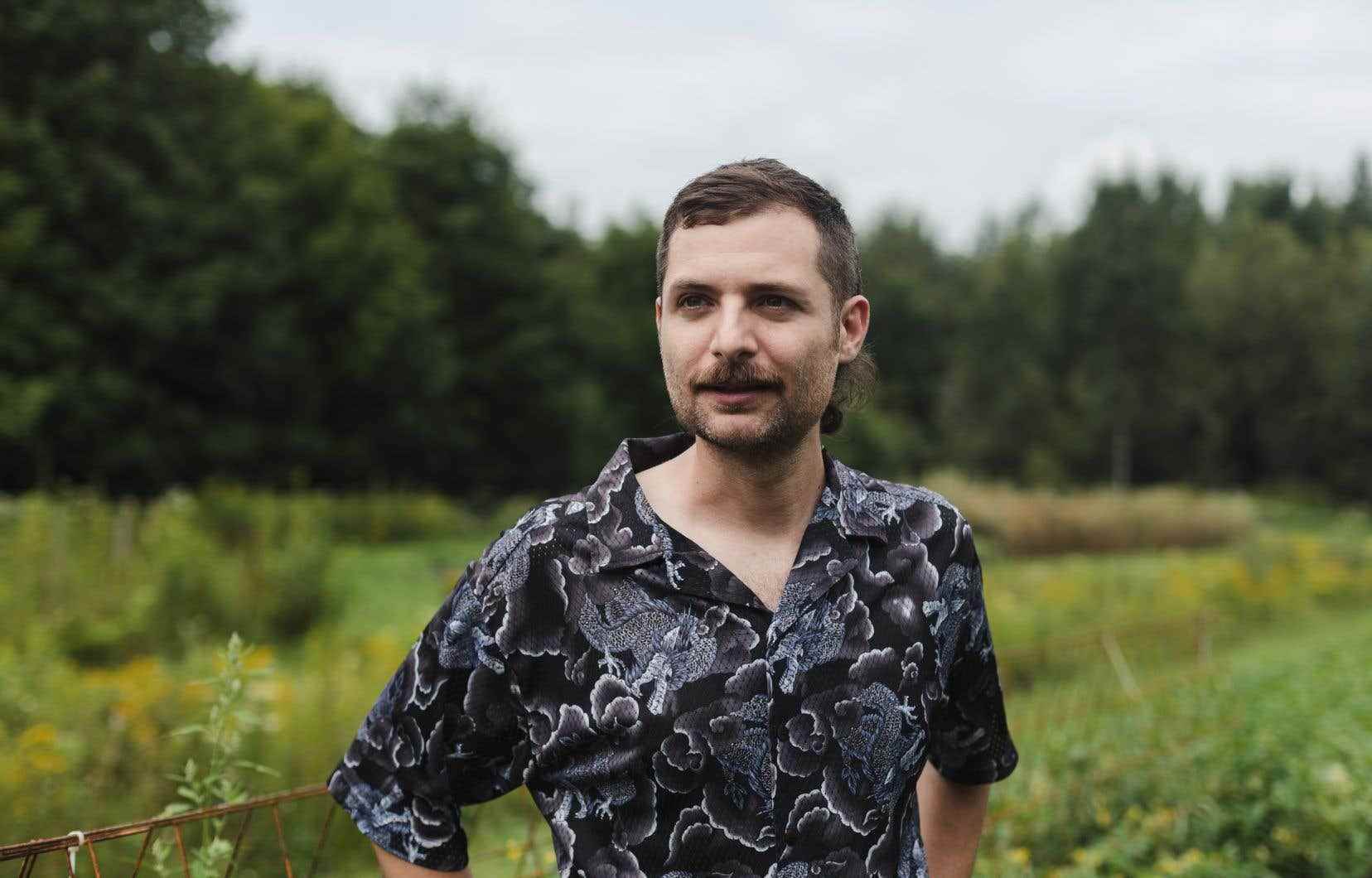This text is part of the special book Plaisirs
Bernard Lavallée, better known as The Urban Nutritionist, publishes his third book, In defense of food biodiversity. On the trail of missing foods. A great lesson, but also a wake-up call to preserve what remains of agricultural heritage in the four corners of the planet.
Nine plants and five animals
If there’s one piece of advice nutritionists have been giving forever, it’s to eat a variety of foods. However, food biodiversity, in the fields and on the plate, is dwindling, according to Bernard Lavallée. “On the one hand, at the supermarket, you have the impression of having access to a wide variety of foods,” he points out. It is true in the rich countries, when one is privileged. From a global point of view, the diversity of our diet is rather decreasing. »
On this scale, experts estimate that nine plants account for two-thirds of all global food production. These include maize, rice, wheat and sugar cane, among others. “These nine plants and only five animals, such as chicken, pork and beef, represent the vast majority of our diet,” he says.
A man-made extinction
In his work, once again Illustrated by the talented Simon L’Archevêque, the author and nutritionist presents five major moments in the history of our food, from hunter-gatherers to the green revolution, including the establishment of agriculture. He explains how these have affected the range of foods on our plate. “I also present the story of extinct foods, plants or animals that once fed our ancestors, but which we will never be able to taste again,” he adds.
While it is normal in the history of the earth that biodiversity increases and decreases, its current degradation is particularly problematic in his opinion. “As humans, the majority of our history has passed without major changes. At the moment, several species are endangered and the rate of extinction is higher than those observed previously,” he warns. And unlike past mass extinctions, the biodiversity loss in question is primarily human-caused. “That is a new phenomenon over which we have some control, because we are the ones who produce it,” he underlines.
An industrial selection
On this subject, Bernard Lavallée addresses the issue of seed selection. He explains that most farmers first chose their favorite plant variety based on their territory and climate, for example. “This has helped to develop the great diversity of varieties listed today,” he says. But as our agriculture is practiced mainly in an industrial way, we prefer specific varieties that we cultivate in the form of monoculture. »
He cites the banana as an example. To meet industry criteria, its producers rely on a single variety, which has a certain shape, a constant size and a sweet taste. It is also resistant to certain diseases, responds well to fertilizers, and tolerates transportation well.
“Previously, no one was looking for fruits that could travel 5000 km! he exclaims. We gathered it to eat it or, at worst, we sold it to the nearest village. Today, our food system is globalized. We have therefore selected certain varieties that meet the needs of the industry. On the one hand, it gives us access to these imported products. But this selection considerably reduces the diversity of varieties worldwide, and that is dangerous for different reasons. »
Back to the banana. In supermarkets, we find mostly the Cavendish. “It’s the number one export banana in the world,” he says. But it hasn’t been around that long. Before, it was mostly Gros Michel. One day, an illness struck her. The industry has not found a solution to combat it. The variety was therefore discontinued. »
One of the problems caused by the loss of biodiversity is the limitation of the genetic background. However, this reduces the plant’s ability to adapt to aggressors or other hazards of nature. “In this sense, my goal is to send a warning signal with this book,” he concludes. We are at a tipping point in terms of food biodiversity. Beyond eating for food, we have special relationships with food, we have developed rituals and recipes that are part of our cultures. It is a large part of humanity that is dying out, and it is essential to preserve it. »
In defense of food biodiversity. On the trail of missing foodsBernard Lavallée, Éditions La Presse, Montreal, 272 pages (to be published on October 11).
This special content was produced by Le Devoir’s special publications team, relating to marketing. The drafting of To have to did not take part.
